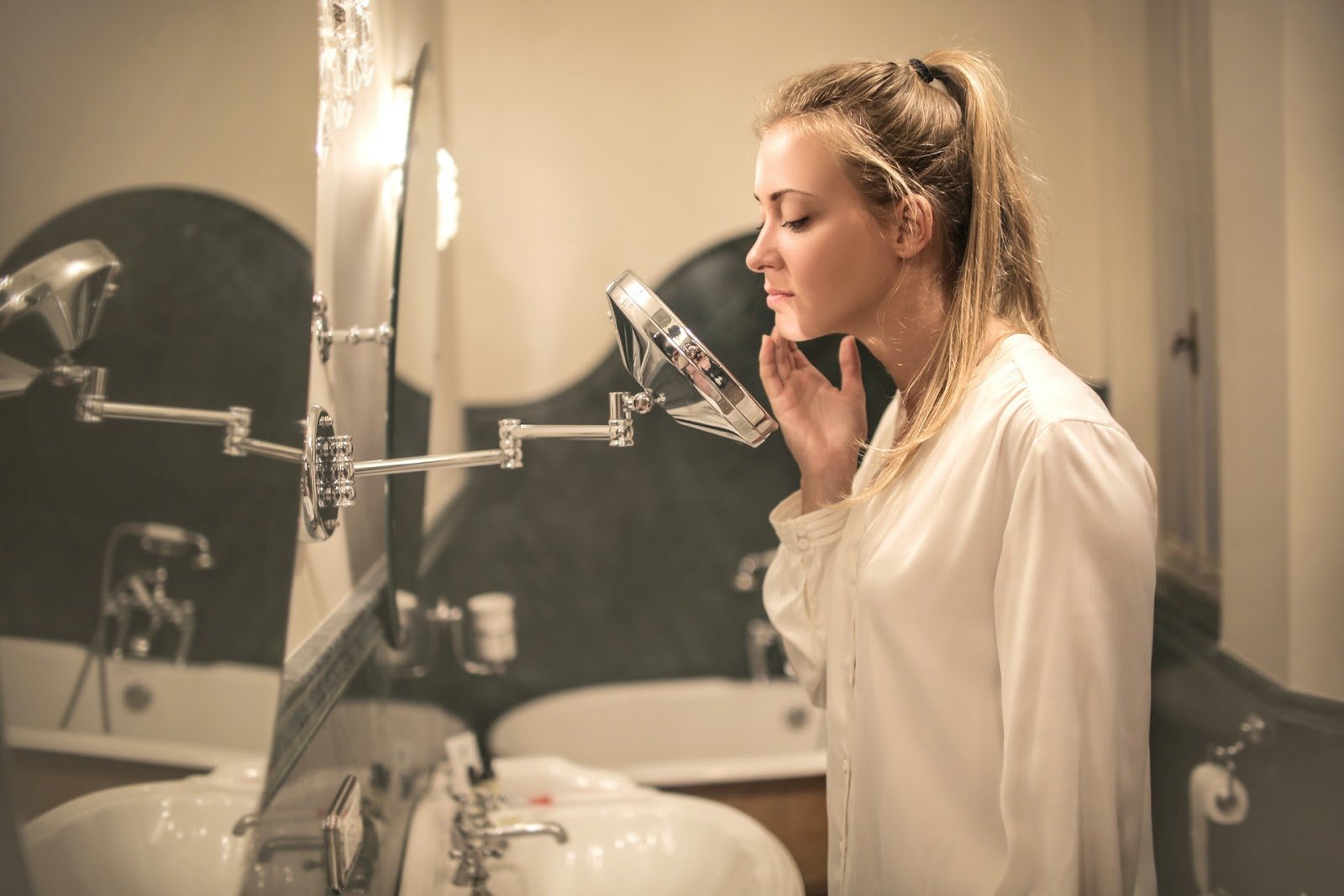Body hair is totally and completely normal. Male or female, you can choose to grow it out anywhere on your body with no shame. It is natural, after all; it wouldn’t be there if it weren’t supposed to be!
On the other hand, if being hair-free and smooth to the touch makes you feel empowered, we can get behind that too. And if you are one of those people who likes to be smooth and silky, you have probably tried everything under the sun to remove your hair. We’re not going to lie; it can be a tedious and frustrating process.
Most people think of hair removal as three things: annoying, painful, and time-consuming. If you are one of these people, then it is time you learn more about different hair removal techniques. One in particular, which we will discuss later, could be a game-changer for you.
Now, let’s talk about bad hair removal techniques. Creams, sugaring, and waxing all have the potential to do more harm than good. There are many hair-removal horror stories using these methods that should serve as cautionary tales.
We’re talking infections, burns, and a whole lot of pain. Read on to find out more about dangerous hair removal techniques to avoid and which technique will be your new holy grail go-to for hair-free skin.
How Does Hair Removal Work?
While the processes might differ when it comes to hair removal techniques, the end goal is one of two things: remove the hair from the root, or damage the hair follicle. In other words, the techniques make sure you are hair-free.
But not all hair removal techniques are created equal. In fact, many of them come with quite a few risks you should make yourself aware of before proceeding. You should always remember, your skin is very sensitive and delicate. You want to treat it with care to ensure it remains healthy.
What Are Some Hair Removal Techniques?
There are several hair removal techniques that have been around for quite some time. Did you know there are depictions of women removing their body hair from thousands of years ago? But it wasn’t actually until a few decades ago when shaving became the social norm for women.
From shaving to waxing, people are determined to get rid of their hair. Men and women alike are constantly looking for ways to get smooth skin. Below, we list a few examples of hair-removal with information regarding each technique.
- Waxing: This is a super common form of hair removal that has been around in one form or another since ancient Egyptian times. Hot wax sticks to the skin and body hair before removing it from the follicle. In the worst-case scenarios, people have been known to get bacterial or yeast infections from waxing. It can also leave the skin red and irritated.
- Sugaring: This is a similar technique to waxing. Instead of hot wax, it is made from a mixture of lukewarm sugar, water, and lemon juice, which some people prefer because it is more natural. The paste sticks to your body hair rather than your skin (leading some people to claim it is less painful than waxing). The biggest risk associated with sugaring is getting ingrown hairs afterward. Ingrown hairs can easily become infected when not treated.
- Epilating: An epilator is essentially mechanical waxing/tweezing. It pulls out hair from the roots. Using an epilator can leave your skin sensitive and inflamed (redness, itchiness, etc.) or cause ingrown hairs to grow. It also is one of the more painful techniques.
- Shaving: This is obviously the most basic and standard form of hair removal. It is cheap, reliable, and easy. However, it is not without risks. You can cut yourself, irritate your skin, and even get infections by using old razors or sharing razors. Plus, unless you are extremely lucky, you pretty much have to shave daily in order to maintain smooth skin.
- Hair-removal cream: Nearly everyone has used this technique before. You buy some from the drugstore when you’re a teen and slather it on your legs, and the next thing you know, you’re in the shower trying to scrub it off as quickly as you can.
There are three main risks associated with hair-removal cream: allergic reaction, chemical burn, and skin irritation. Due to the chemicals in the cream (like calcium hydroxide and potassium hydroxide), your skin can easily have a bad reaction. Best to avoid this process altogether. Who wants those nasty chemicals on their skin anyway?
What Is The Best Hair Removal Technique?
Using an IPL device is the best hair removal technique available. When performed correctly, there is no redness or irritation and no ingrown hairs. This is because the IPL actually targets and destroys the hair follicle, which ensures no hair can grow from it.
With time, you should see a significant reduction in hair growth. Some people stop hair regrowth altogether and only have to do touchups a couple of times per year.
The one huge downfall of getting laser hair removal at a dermatologist’s office or day spa? The cost. A package for one body area alone will set you back anywhere from $400 to $1000.
Is There An At-Home Device For Hair Removal?
You might be thinking to yourself: this sounds like something that only a dermatologist can do! Well, that’s where you’re wrong. There is actually an incredible handheld device you can use from the comfort of your own home that will give you the same (if not better) results. Say hello to KENZZI’s IPL Laser Hair Removal Handset. This powerful device uses IPL laser technology to effectively remove hair.
Eventually, the goal is, through enough uses, to prevent hair from growing back. The best part? You can use it on virtually any body part, including your bikini area and face. It is strong enough to remove hair but gentle enough to use on sensitive skin. No more redness, irritation, or ingrown hairs. This significantly reduces any risk of infection that you are likely to get from waxing and shaving.
Let’s talk about money. As we covered previously, laser hair removal is expensive. This is one of the biggest reasons why many people ultimately decide against getting it. We remove that obstacle and make laser hair removal affordable.
For less than the cost of one package you would purchase from the dermatologist, you can have your own IPL device at home that will last for ten years. That’s a whole decade of hair-free skin!
One of the most important things KENZZI delivers on is results. When you go to the spa to get it done, you have to go back every few weeks for a session. It can take anywhere from six to ten sessions to get the desired results this way.
With our IPL device, people have seen results in 3-4 weeks. Part of this is because our device has five different strength settings that can be adjusted according to your skin type and skin sensitivity. Don’t worry—even those with sensitive skin can use it on the lowest strength and still see amazing results.
Conclusion
KENZZI offers the best handheld IPL device available. It is safe and easy to use while also being highly effective. You can see results in as little as a couple of weeks, which can be compared to laser hair removal performed by a dermatologist. You will have to go every couple of weeks for a few months before you see the full hair-free results.
Our device is also significantly more cost-effective, at a price that is less than the cost of one package session at a spa. Our device is designed to give you ten years of hair-free skin when used properly, which means it is one of the smartest investments you can make. IPL laser is the way to go when choosing a hair removal technique.
Other techniques can be potentially harmful to your health. Hair removal creams contain chemicals that can burn your skin, while sugaring can be a recipe for disaster with infection and ingrown hairs.
Sources:
https://www.sheknows.com/living/articles/1080324/best-and-worst-hair-removal-techniques-for-skin/
https://www.healthline.com/health/how-to-remove-hair-permanently
https://www.shefinds.com/collections/dangers-of-sugaring-hair-removal/Read more

Many people are super cautious about their skin when they are in the sun, and for good reason. Too much sun exposure can be dangerous to our health. Did you know that sun exposure is the number one...

Acne is the worst. There is no way around it. It can be annoying, painful, stressful, and it can really affect your confidence at times. We’ve all had those days when we get a pimple so big that we...

Leave a comment
All comments are moderated before being published.
This site is protected by hCaptcha and the hCaptcha Privacy Policy and Terms of Service apply.